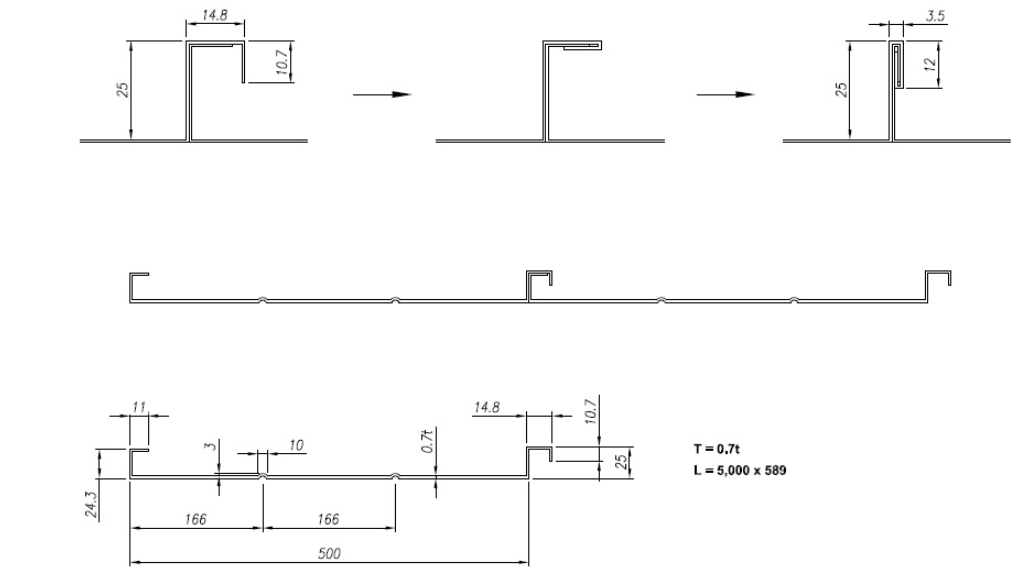metal roofing machine cost
Understanding the Cost of Metal Roofing Machines
Metal roofing has gained immense popularity in recent years due to its durability, longevity, and aesthetic appeal. Consequently, the demand for metal roofing materials has spurred the growth of the metal roofing machine industry. For businesses considering investing in metal roofing machines, understanding the costs involved is essential for making informed financial decisions. This article delves into the factors influencing the cost of metal roofing machines and provides insights into the potential returns on investment.
Types of Metal Roofing Machines
Metal roofing machines come in various types, each designed for specific roofing profiles and materials. The most common types include roll-forming machines, standing seam machines, and panel forming machines.
1. Roll-Forming Machines These machines convert flat steel coils into metal roofing panels by progressively bending the metal into the desired shape. Prices can range from $20,000 to over $150,000, depending on factors like machine size, speed, and additional features.
2. Standing Seam Machines Designed specifically for producing standing seam roofs, these machines tend to be more specialized and can be priced higher, often starting around $30,000 and going up to $200,000.
3. Panel Forming Machines These are versatile machines that can form various panel styles and designs. Their prices vary widely, generally falling between $10,000 and $100,000.
Factors Affecting the Cost
Several factors influence the pricing of metal roofing machines
1. Machine Quality and Brand High-quality machines from reputable manufacturers typically cost more due to better engineering, materials, and customer support. Brand reputation plays a crucial role in long-term reliability and efficiency.
2. Production Capacity Machines capable of producing higher volumes or custom profiles tend to be more expensive. Businesses should assess their production needs when considering capacity versus cost.
metal roofing machine cost

3. Customization Options Customizing machines for specific profiles or unique materials can lead to increased costs. While these modifications can improve efficiency, they should align with the anticipated return on investment.
4. Automation and Technology Machines equipped with advanced automation features or technology, such as computerized controls, can enhance precision and productivity. However, this also adds to the initial investment.
5. Shipping and Installation The cost of transporting heavy machinery can be significant, and businesses should factor in installation expenses as well. Depending on the complexity, installation can add thousands to the total cost.
Return on Investment
Investing in a metal roofing machine can yield significant returns, particularly for companies that routinely install metal roofs. The ability to produce roofing materials in-house can eliminate reliance on suppliers, reduce material costs, and enhance profit margins.
1. Cost Savings By manufacturing roofing panels internally, businesses can save money on purchasing materials from third-party suppliers. This can lead to substantial savings over time.
2. Increased Profit Margins Producing your own panels allows for competitive pricing while maintaining high-quality standards, thereby increasing profit margins.
3. Market Demand The growing trend towards metal roofing implies a strong market demand. Businesses capable of producing these materials efficiently are well-positioned to capitalize on this growing sector.
4. Versatility Many metal roofing machines offer versatility, allowing manufacturers to produce different types of panels and styles. This adaptability can open up additional revenue streams.
Conclusion
The cost of metal roofing machines can vary significantly based on several factors, including machine type, quality, capacity, and customization. While the initial investment might seem substantial, the return on investment can be considerable for businesses in the roofing industry. By carefully assessing their production needs and the potential for cost savings, companies can make informed decisions that will help them thrive in the competitive metal roofing market. As the demand for metal roofing continues to rise, investing in the right equipment could be a pivotal move towards long-term success in the industry.
-
Key Features to Look for in a Roof and Wall Panel MachineNewsMay.23, 2025
-
Key Features of a Roller Shutter Door Forming MachineNewsMay.23, 2025
-
Key Features of a Purlin Roll Forming MachineNewsMay.23, 2025
-
Key Features of a Cut to Length & Slitting LineNewsMay.23, 2025
-
Benefits of Using a Downspout Gutter Forming MachineNewsMay.23, 2025
-
Advantages of Using a Steel Deck Floor Roll Forming MachineNewsMay.23, 2025
-
Revolutionize Your Gutter Production with a Gutter MachineNewsMay.23, 2025








